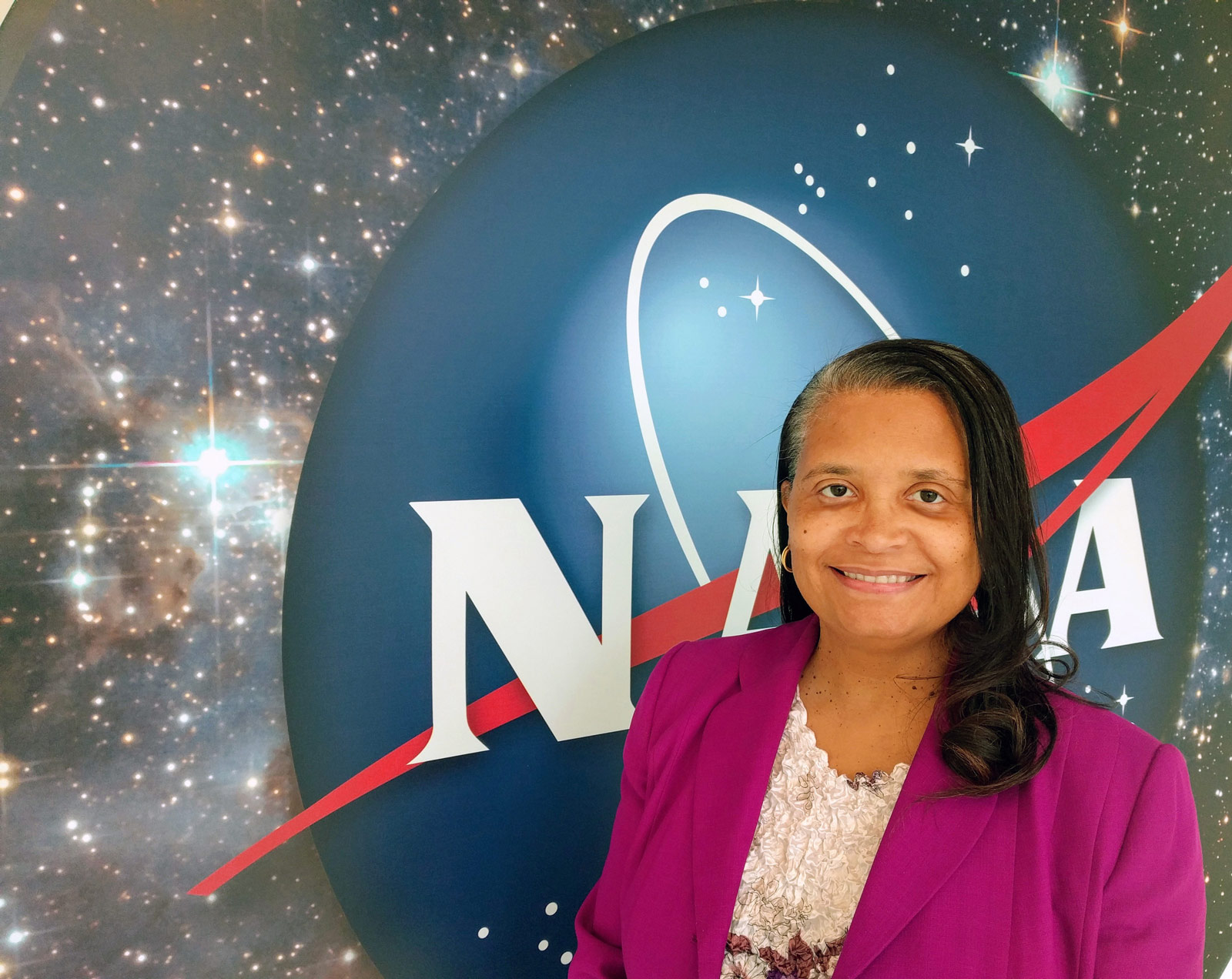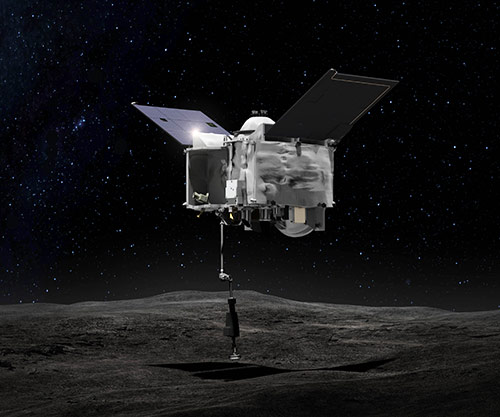
Nancy Neal Jones
Public Affairs Lead - NASA’s Goddard Space Flight Center
This short Q&A was featured in a Nov. 19, 2018 article introducing a selection of people who work on the OSIRIS-REx mission to explore asteroid Bennu.
Expertise: Science Communications
Hometown: New York, New York
A public affairs officer leads the planning and execution of campaigns that broadly disseminate information to the public, media, employees and stakeholders through various communications methods. As it relates to OSIRIS-REx, public affairs is a collaborative process among the three lead partner institutions on the mission: NASA, University of Arizona, and Lockheed Martin. We work together to highlight interesting stories, such as the accomplishments of the OSIRIS-REx team, mission milestones, and science results. We look for ways to engage the public so that they can come along with us on our ride to Bennu. We do this through many outlets, including social media, videos, and written stories.
We’re going to a pristine asteroid to take a sample to bring to Earth. This means that my children and grandchildren, if they decide to go into the sciences, may have an opportunity analyze the Bennu samples. There are scientists today who are working with the nearly 50-year-old Apollo samples and still learning new things about the Moon. I think that’s pretty amazing, and it’s inspirational for the next generation. We want to see more kids involved with science.
I came to NASA Goddard as a graduate student at Howard University in Washington, D.C., studying public administration. I worked full time in the budget office during the day and went to school full time at night. I realized quickly budget was not my passion; I wanted to get out of the office, meet people, and write. After several years, I moved to the public affairs office, where I’ve worked on missions like the Hubble Space Telescope, which has made groundbreaking astronomical discoveries; Swift, which has helped us understand gamma-ray bursts; the Wilkinson Microwave Anisotropy Probe (WMAP), which revolutionized our understanding of the evolution of the universe; MAVEN, which is studying the upper atmosphere of Mars; and the Lunar Reconnaissance Orbiter, a nearly decade-old spacecraft that’s teaching us new things about the Moon.
When you talk about fundamental and groundbreaking science missions to be part of, WMAP comes to mind. WMAP revealed a more precise age of the universe, which we now know is 13.77 billion years old. The mission also determined that about 95 percent of the universe is made of dark matter and dark energy. I was the public affairs officer for the mission, and, as such, moderated the press conference announcing the news. People could not wait to hear what WMAP had found. The auditorium was full of people. After the press conference, the audience stood up and clapped. It was a great day for science.
I can’t wait for sample collection in 2020. It so cool that we will collect a sample from a near-Earth asteroid. It’ll be an intense time for everyone involved in the mission. However, we have a great team, so I am confident we will be successful.
OSIRIS-REx is NASA's first asteroid sample return mission. It is exploring a near-Earth asteroid called Bennu (formerly 1999 RQ36), and bring a sample of that small world back to Earth for study.
Planetary science is a global profession.


